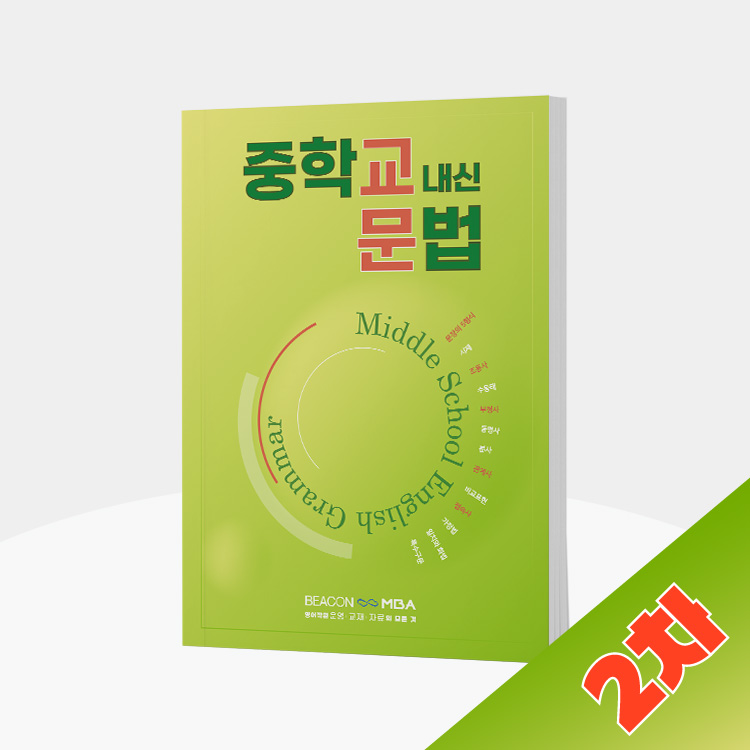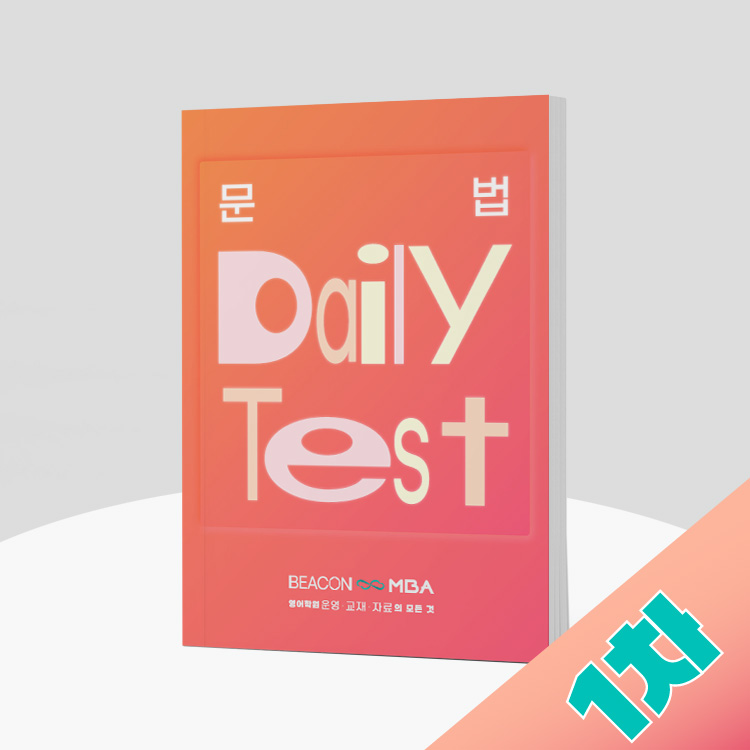관계 대명사 that
사용자가 검색한 키워드: 관계 대명사 that 관계대명사 that 예문, 관계대명사 that 용법, 관계대명사 that 못쓰는 경우, 관계대명사 that 뒤에, 관계대명사 that만 쓰는 경우, 접속사 that 관계대명사 that, 관계대명사 that 불완전, 관계대명사 that 해석
Categories: Top 58 관계 대명사 that
관계대명사 that과 접속사 that (0198)
여기에서 자세히 보기: c3.castu.org
관계대명사 that 예문
What is 관계대명사 (Relative Pronoun)?
관계대명사 is a type of pronoun used to connect two clauses together. In other words, it connects two ideas, which makes it easier to understand the relationship between them. It is called “relative” because it relates one clause to another. In Korean, 관계대명사 can be translated as “which” or “that” in English.
As an example, let’s consider the following sentence:
“저는 고양이가 좋아하는 사람입니다”
This sentence means “I am someone who likes cats”. In this sentence, “someone” is the subject of the clause. However, it is not clear what this person likes. By using 관계대명사, we can connect the two clauses together and make it clear:
“저는 고양이가 좋아하는 사람입니다. 고양이를 좋아하는 사람이죠”.
This sentence means “I am someone who likes cats. I am someone who likes cats”. The word 고양이를 좋아하는 (likes cats) is the 관계대명사 in this sentence. It connects the two clauses together and makes it clear what the person likes.
Types of Relativity
There are two types of relativity in Korean: the indefinite and the definite. Indefinite relativity is used when the antecedent (the subject of the main clause) is not specified. Definite relativity, on the other hand, is used when the antecedent is specific. Here is an example of both:
Indefinite Relativity: “카페에서 팥빙수를 먹었던 사람이 어디 있나요?” – “Do you know where a person who ate patbingsu at a cafe is?” In this sentence, the antecedent (person) is not specified. Therefore, it is an example of indefinite relativity.
Definite Relativity: “보통 일주일에 두 번 운동을 하는 남자가 건강해요” – “A man who exercises twice a week is healthy” In this sentence, the antecedent (man) is specified. Therefore, it is an example of definite relativity.
Types of Pronouns
There are three types of pronouns in Korean: the subject, object, and possessive. Each type has its own 관계대명사. Here are a few examples of each type:
Subject Pronoun: “나는 요즘에 바빠서 책을 읽지 못하고 있어요.” – “I’m too busy these days to read books.” In this sentence, 나 (I) is the subject pronoun.
Object Pronoun: “우리는 우리 엄마가 만든 음식을 먹었어요” – “We ate the food our mother made.” In this sentence, 우리 엄마가 만든 (what our mother made) is the object pronoun.
Possessive Pronoun: “여자친구가 입은 드레스가 아주 예뻐요” – “The dress my girlfriend wore is very pretty.” In this sentence, 여자친구가 입은 (that my girlfriend wore) is the possessive pronoun.
Common Examples of 관계대명사
– “어제 친구가 보여준 책을 구메하러 가고 싶어요” – “I want to buy the book my friend showed me yesterday.”
– “너무 쉬운 문제라서 다시 풀어보고 싶어요” – “I want to try solving the problem again because it was too easy.”
– “저는 독일어를 배우고 있는데, 독일에 가고 싶어요” – “I am learning German and I want to go to Germany.”
– “그녀는 인생에서 처음으로 만난 사람이 제 진심을 알아줬어요” – “The person she first met in her life understood my sincerity.”
FAQs
Q. Are there any rules to follow when using 관계대명사?
A. Yes, there are a few rules to follow. 관계대명사 must be placed directly after the noun it describes, and it should be followed by the verb.
Q. Can 관계대명사 be used in questions?
A. Yes, they can be used in questions as well. However, the sentence structure is slightly different. For example, instead of saying “I want to buy the book my friend showed me yesterday”, you would say “Yesterday, my friend showed me a book. I want to buy it.”
Q. Are there any exceptions to the rules for using 관계대명사?
A. Yes, there are a few exceptions. For example, when using a verb with two or more objects, the 관계대명사 should come after the object that is closest to the verb.
Conclusion
관계대명사 is an essential part of the Korean language. It is used to connect two clauses together and to make the relationship between them clear. There are two types of relativity in Korean and three types of pronouns which are used to describe the antecedent. When using 관계대명사, it is important to follow the proper sentence structure and to place it directly after the noun it describes. By following these rules, you can effectively use 관계대명사 and improve your Korean language skills.
관계대명사 that 용법
1. 누구 (who)
The first and most common 관계대명사 is 누구, which means “who.” This pronoun can be used to connect a subject to the verb in a sentence, as in the following examples:
– 선생님이 누구세요? (Who is the teacher?)
– 그 여자는 누구인가요? (Who is that woman?)
Note that in Korean, the subject is often omitted if it is implied, as is the case in these examples.
2. 무엇 (what)
무엇, which means “what,” is another important relative pronoun. It can be used to connect an object to the verb in a sentence, as in these examples:
– 이것이 무엇이에요? (What is this?)
– 그 책은 무엇인가요? (What is that book?)
Again, note that the object can be omitted if it is implied.
3. 어디 (where)
The third relative pronoun, 어디 or “where,” connects a location to the verb in a sentence, as in these examples:
– 지하철역이 어디에 있나요? (Where is the subway station?)
– 제 집은 어디인가요? (Where is my house?)
4. 어느 (which)
어느, meaning “which,” is used to connect a noun to an adjective in a sentence, as in these examples:
– 어느 나라 사람이세요? (Which country are you from?)
– 어느 방에 있어요? (Which room are you in?)
5. 무슨 (what kind of)
Finally, 무슨, meaning “what kind of,” is used to connect a noun to an adjective in a sentence, as in these examples:
– 무슨 새가 저기에 앉아 있나요? (What kind of bird is sitting over there?)
– 무슨 음료를 시키시겠어요? (What kind of drink would you like to order?)
FAQs
1. Can 관계대명사 be used interchangeably with the corresponding interrogative pronoun?
Yes, they can. That is, 누구, 무엇, 어디, 어느, and 무슨 can be used interchangeably with their counterpart interrogative pronouns, meaning “who,” “what,” “where,” “which,” and “what kind of,” respectively. For example, 선생님은 누구세요? (Who is the teacher?) and 누구가 선생님이세요? (Who is the teacher?) have the same meaning.
2. What are some commonly used phrases that include 관계대명사?
Some commonly used phrases include:
– 무슨 일이에요? (What is the matter?)
– 어디 갈까요? (Where should we go?)
– 어느 쪽이 더 나아요? (Which one is better?)
– 누구세요? (Who are you?)
– 무슨 생각하세요? (What do you think?)
3. Are there any exceptions to the rules for using 관계대명사?
Yes, there are a few exceptions. For example, in casual conversation, the relative pronouns can be omitted altogether, as long as the meaning of the sentence is clear. Additionally, some words that serve a similar function to 관계대명사 may be used instead, such as -는 (which attaches to the end of a verb stem) or -에서 (which means “at” or “in” and connects to a location).
4. How do I know which relative pronoun to use in a sentence?
It depends on the function of the word you are connecting to the verb or adjective in the sentence. If you are connecting a subject, use 누구. If you are connecting an object, use 무엇. If you are connecting a location, use 어디. If you are connecting a noun to an adjective, use either 어느 or 무슨 depending on the context.
주제와 관련된 이미지 관계 대명사 that

관계 대명사 that 주제와 관련된 이미지 12개를 찾았습니다.








![두문장 앞으로 영어 독해] 접속사 that vs. 관계대명사 that | 관계부사 vs. 관계대명사 | 독해 문제 有 - YouTube 두문장 앞으로 영어 독해] 접속사 That Vs. 관계대명사 That | 관계부사 Vs. 관계대명사 | 독해 문제 有 - Youtube](https://i.ytimg.com/vi/y7ZJNACN0Ec/maxresdefault.jpg)


.gif)
![영문법_대명사(21)]선행사를 포함한 관계대명사 What, 관계대명사야 의문사야? - 영/어/공/부/와/스/토/리1/9/7/0 영문법_대명사(21)]선행사를 포함한 관계대명사 What, 관계대명사야 의문사야? - 영/어/공/부/와/스/토/리1/9/7/0](https://t1.daumcdn.net/cfile/tistory/2230D4485241B88F01)



![영작문법#9] 문장연결하기_종속절_형용사절(2)_제한/비제한 영작문법#9] 문장연결하기_종속절_형용사절(2)_제한/비제한](https://blog.kakaocdn.net/dn/OyQw5/btqHmya3Esr/pOIZE8Zjtt5KSnC9mdc4v1/img.jpg)

.gif)
![셀프스터디] 좀 더 길게 말하고 싶을 땐, 관계대명사! - 국민가격 1:1 영어회화 튜터링 셀프스터디] 좀 더 길게 말하고 싶을 땐, 관계대명사! - 국민가격 1:1 영어회화 튜터링](https://cdn.tutoring.co.kr/uploads/topic_card/2019/07/04/20190704133626_5f32070e71313.jpg)
![동격의 that] 관계대명사 that 과 무엇이 다를까요? - YouTube 동격의 That] 관계대명사 That 과 무엇이 다를까요? - Youtube](https://i.ytimg.com/vi/hpki3LsOnoU/maxresdefault.jpg)
Article link: 관계 대명사 that.
주제에 대해 자세히 알아보기 관계 대명사 that.
- 관계대명사 that – 잉글리쉬 큐브
- 관계대명사 that 정리 (that만 쓰는 경우 포함) – 영어 너 도대체 모니
- 관계대명사 that 총 정리 – 돌스&규스
- 관계대명사 that 의 쓰임, that만 쓰는 경우 – 꼬꼬의 영어 수업
- 관계대명사 that과 접속사 that의 차이 – Billy in Canada – 티스토리
더보기: blog https://c3.castu.org/danh-muc/lam-dep